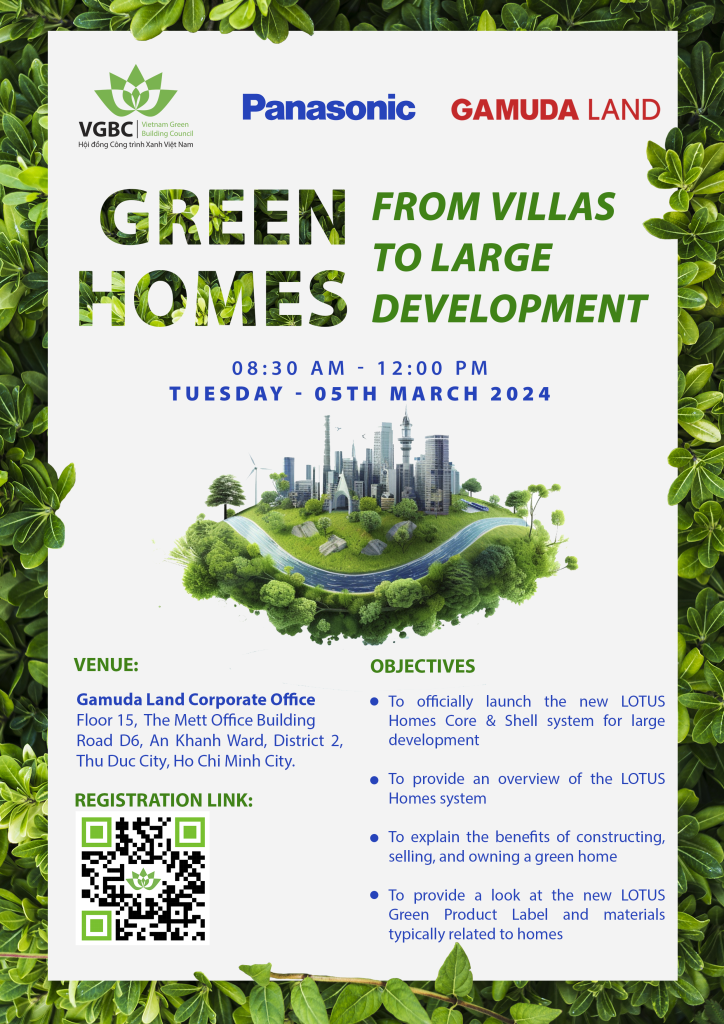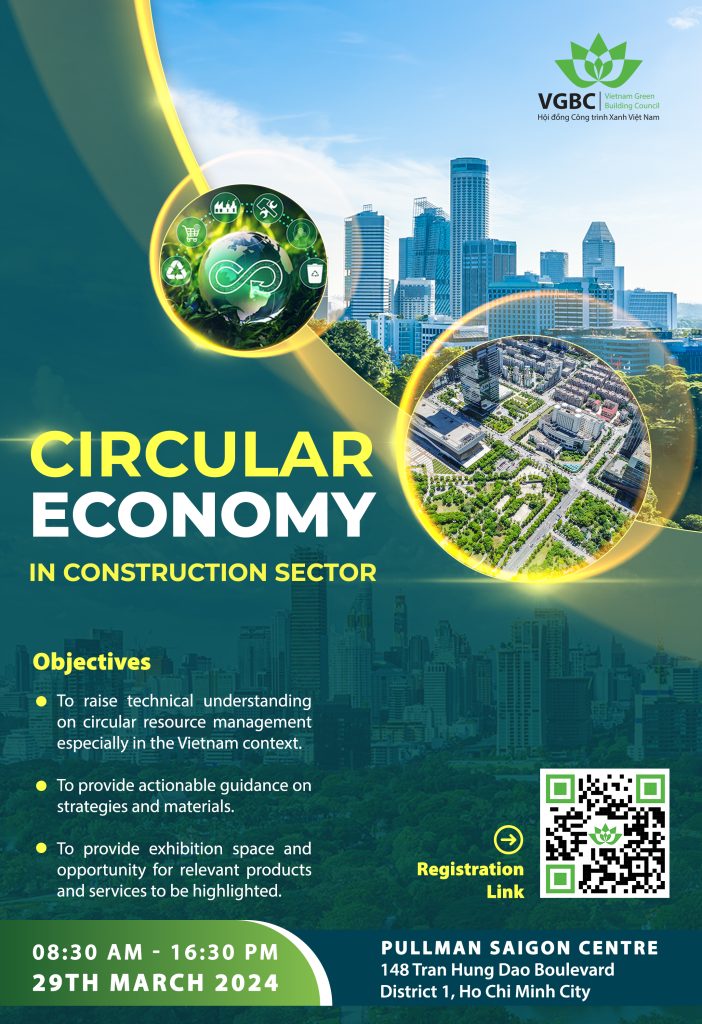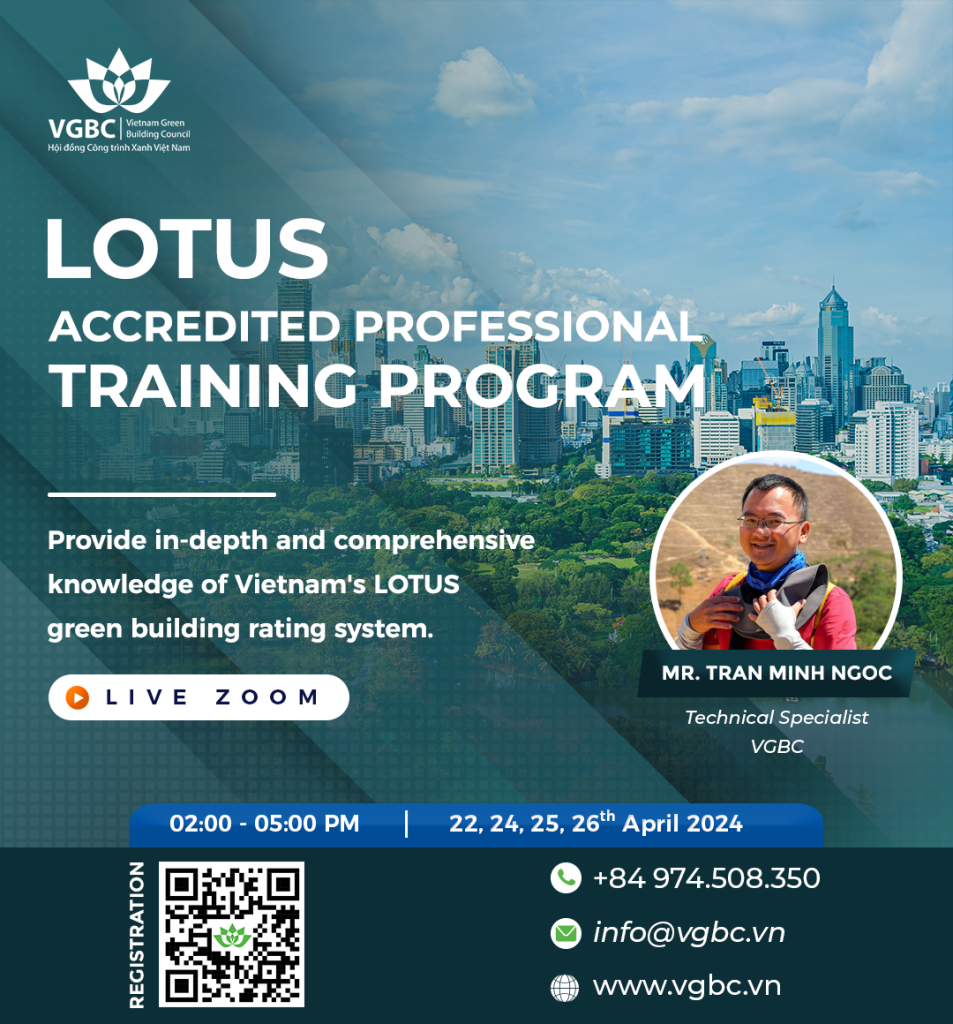
The international market for green construction projects has grown significantly in the last 10 years and the demand for green building activity is predicted to grow in the next three years, according to a new report and industry survey published by Dodge Data & Analytics. The World Green Building Trends 2018 SmartMarket Report indicates an increase in the percentage of industry respondents who expect to do the majority (more than 60%) of their projects green – jumping from 27% in 2018 to almost half (47%) by 2021.
Findings from the report illustrate the growing green building movement as organizations across the construction industry continues to shift towards the more sustainable products and practices. Business benefits include 8% operating cost savings in the first year and increased building asset values of 7%, which are clearly influencing all those who do green building to deepen their engagement with green. In addition to the business benefits reported, social impacts are also increasing in their influence on the respondents as a major reason to build green. The top impact cited is improved occupant health and well-being.
The report, based on a global survey of more than 2,000 industry participants including architects, engineers, contractors, owners, specialists/consultants and investors from 86 countries, aims to analyze the level of green activity, the impact of green building practices on business operations, the triggers most likely to spur further green market growth and the challenges that may impede it. A total of 45 Green Building Councils (GBCs) across the world participated in the research. Nineteen countries in particular are featured in the report, spanning six continents and substantial growth in the percentage doing the majority of their projects green is expected in each.
You can download the full report on WorldGBC website.
Some key takeaways:
- Green building activity continues to grow across the globe. Around half (47%) of the respondents believe by 2021 they will build a majority of their projects (>60%) green.
- 61% of respondents from Vietnam expect to do new green high-rise residential work, significantly more than those in Singapore (25%) or global average (35%).
- Only 13% of respondents from Vietnam expect to do work in green existing building/retrofit projects, much lower than global average (37%) or Singapore (49%).
- In Singapore, top drivers for green are government policies and lower operating costs, whereas in Vietnam top drivers are market demand, higher building value and healthier building for occupants.
- Top barriers in Singapore are higher first costs and lack of green building training/education. Lack of trained green building professionals is also one of the top barriers in Vietnam, which also include lack of political support and public awareness.
- Expected payback time for green investments in Vietnam is 7 years, consistent with expectations in Singapore, Southeast Asia and global average.

 Tiếng Việt
Tiếng Việt



